As an artist you are something of an itinerant hobo who is free to ride the box cars between all sorts of, often temporary, stations. Some days you are happy to rest in the sunny safety of beautiful landscapes, still life or portraiture, there are times when you want the exhilaration of hanging under the train, riding the rails whilst learning a new skill or technique, some nights your muse is so lost in those open-air fevered dreams that you can only paint abstracts and surrealism and there are other nights when the harmonica and guitar come out and you just have to wail the blues and protest songs. As you bend that first note and sing your truth out into the starlit darkness, hearts break and the world listens. This blog looks at those times when you want to say something troubling through your art and the roles that whimsy and dark humour can play in getting that message across.
Before we look at vehicles for getting your message across pictorially let’s take a brief detour on a branch line to some of the other arts. If an author writes directly about a point of view then that would often be called journalism or essay writing. Artists who are creating through the written word will hide their message in allegory, metaphor and simile. Mary Shelley’s book Frankenstein isn’t really about a monster but is (amongst other things) a warning about human hubris and unintended consequences / loss of innocence when science does what it can rather than what it should. Similarly, Stevenson’s Strange case of Dr Jekyll and Mr Hyde is considered a study of schizophrenia. Film makers who deliver unfettered facts produce documentaries whereas the output of artists who are filmmakers will carry a message. “A river runs through it” isn’t really anything to do with fishing, “Forest Gump” isn’t really the humorous tale of a hapless hero who always lands on his feet and, apart from at the most superficial level, the 25 (sic) Rocky films aren’t actually to do with boxing at all. So as the clickety clack of our train on the branch line recedes, we can now safely get back to the mainline and think about delivering messages in our art.
Long before the age of photography, artists were often commissioned to pictorially document events – producing illustrations to augment the written word to allow a largely illiterate populace to be informed. Just as our multi-faceted media today can be influenced by interested parties so in those days any pictorial representation of events was influenced by the view of those commissioning the art (mostly church / royalty / government / the powerful) – some things never change. There was little room for any artists message and indeed, probably dangerous to have a view different from the church or state. A good example of this sort of art would be Bosch’s garden of Earthly delights – which, whilst artistically groundbreaking, is an overt message supporting the church about the perils of straying from the path of morality.
Luckily, in large parts of the world today, there is significantly greater artistic freedom and we are much freer to deliver a message or observation. However, as with all things there is a “but”. Just like the previous considerations of film and literature, most viewers of art don’t like it to be documentary – if an artist wishes to make a dark or difficult point it is much easier to help the viewer to digest the point if they are allowed to be removed from it to a degree (more about the psychology of this later). As such artists may use a number of vehicles to give a viewer space to digest the unpalatable. Before we get to the main topic of whimsy, two other techniques to allow distance between a difficult subject and viewer are abstraction and surrealism.
If we consider Picasso’s famous piece Guernica he has portrayed a horrific event from the Spanish Civil War but abstracted it sufficiently such that we can consider his terrible observations whilst telling ourselves that “It’s ok, it isn’t real”. Similarly, Bacon’s observations of the visceral monstrosity and horror within us all are hidden within paintings that are surreal enough for us to view from a safe distance.
In my piece “Poppies are not enough”, I’ve tried to make an observation about the horror of war and the sacrifice of those serving whilst allowing the viewer distance through some degree of abstraction.
Hopefully, we haven’t been derailed by the darkness in Picasso’s abstraction or Bacon’s surrealism and we can now pull into the siding which is whimsy plus dark humour and the main topic of this blog.
Firstly, what is whimsy in the context of art? The dictionary definition is – art that is playfully quaint or fanciful. For me, the term fanciful suggests some degree of departure from realism and I think you could consider it “Surreal-light”. Considering the term playfully quaint I would suggest that playful leans towards some degree of humour and quaint is “slightly odd” and again points to “surreal-light”. From this my definition of art that is whimsy is art that has some degree of departure from reality which is augmented by humour. An obvious example of whimsy in art would be the illustrations of the Beatrix Potter books – dressed animals are certainly anthropomorphic and thus surreal and are placed within the gentle humour of the stories themselves.
Now as artists considering whimsy we are not restricted to any specific type of humour – dark / gallows humour is just as valid. Dark humour is considered humour that makes light of subject matter that is considered serious or painful to discuss.
Psychologists think that dark humour is useful to a person because:
- Superiority theory: If we laugh at something it is below us and has no power over us.
- Relief theory: If we vent our anxiety or stress we seek to relieve our fear of something.
- Benign violation theory: this states that jokes are a safe and forgivable way to explore taboos.
- Considering the above, dark humour, like surrealism and abstraction is a vehicle to distance someone from a subject and is perfect to use when delivering a difficult observation through whimsy.
It is perhaps now time to restart the locomotive, blast the steam whistle and take a trip to where the view shows us some examples of whimsy and dark humour which seek to make a point.
The piece below “Whilst hope still floats?” is a recent piece and captures my reaction to the recent events in the Middle East. I wanted to make a statement about when people find themselves in a situation when all is lost and they have surrendered themselves to hope alone. A couple sailing a heart (representing hope and love) bobbing around in the ocean waving a flag of surrender is certainly surreal but viewed in the context of an uncaring ocean where a huge wave is bearing down on the barely floating heart it could be considered darkly, darkly humorous.
The next piece “A friend worth hanging onto” is about the value of love and friendship in the darkest of times. The fanciful aspect comes from the cartoon like portrayal and the dark humour is hopefully found in the title pun and the risk of certain death if the individual lets go.
The third piece “The last of the believers” was a reaction to America’s withdrawal (under Donald Trump) from a key nuclear arms treaty in February 2019 and is an observation that perhaps when all is said and done where there is love there is hope. Again, it has a cartoon like surrealism and the humour comes from the absurdity of a patched-up balloon, at the mercy of the winds, being able to outrun the chaos and darkness.
The fourth piece “Maybe rain tomorrow, thought the umbrella seller” has an individual in a surreal, empty landscape and the absurd darkly funny notion that there is any chance of rain tomorrow at all. It was intended to be a comment about human resilience in the face of adversity / desperation and was both intended to look back to the dustbowl loss of livelihood of American farmers in the mid-west and forward to the coming effects of climate change for us all.
In the next piece, there’s a very dark reference to the lyrics in the children’s nursery rhyme in the context of a nuclear apocalypse.
“Little Bo Peep has lost her sheep,
And doesn’t know where to find them,
Leave them alone and they’ll come home,
Wagging their tails behind them……”
Probably not in this case……
In the final 2 pieces I want to compare a piece of art that makes a point directly and one that uses whimsy plus dark humour to make the point. Both pieces are about social exclusion. The first one “Abandoned” puts the bleak into bleak midwinter and is perhaps unpalatable to consider. The second “The unintended consequence of teatime for the loneliness of snowmen” makes the same point but has a surreally sentient snowman and a ridiculously long / mildly amusing title. As such, the second probably allows the viewer more space to consider the overarching point of the piece.
So, as artistic hoboes, we’ve spent a little time travelling the railway today and have visited a few different locations. As the squeal of the brakes is heard and the carriages sway on the final corner before we coast into our final destination perhaps there is just time to think about how we go about creating whimsy art with a darkly funny point.
In order to make a point through whimsy we first need a message we want to share and then need to find a mildly humorous context for it. Here’s a couple of examples:
Let’s say that we want to make an observation on homelessness….
We’ve all heard the joke about a slug just being a homeless snail – so our context could be a snail in a top hat going past a group of scruffy slugs selling the big issue. Perhaps the title could be “Homeless wasters” Anthropomorphic molluscs are surreal and there is a dark humour in the observation that slugs and snails are exactly the same minus a shell (home) – just like humans with and without a home.
In this example, let’s consider an observation about water pollution….
We could have an otter dressed in a Tesco’s plastic bag hat and wearing plastic water bottle shoes and if the picture was given the title “Dressed to kill” we have both surrealism and dark humour.
If you want to share a message through your art, perhaps whimsy is a tool you could use in the future, it is fun to do and it is certainly worth considering.
As we reach our final station and hear the announcement “All change” – please mind the gap.

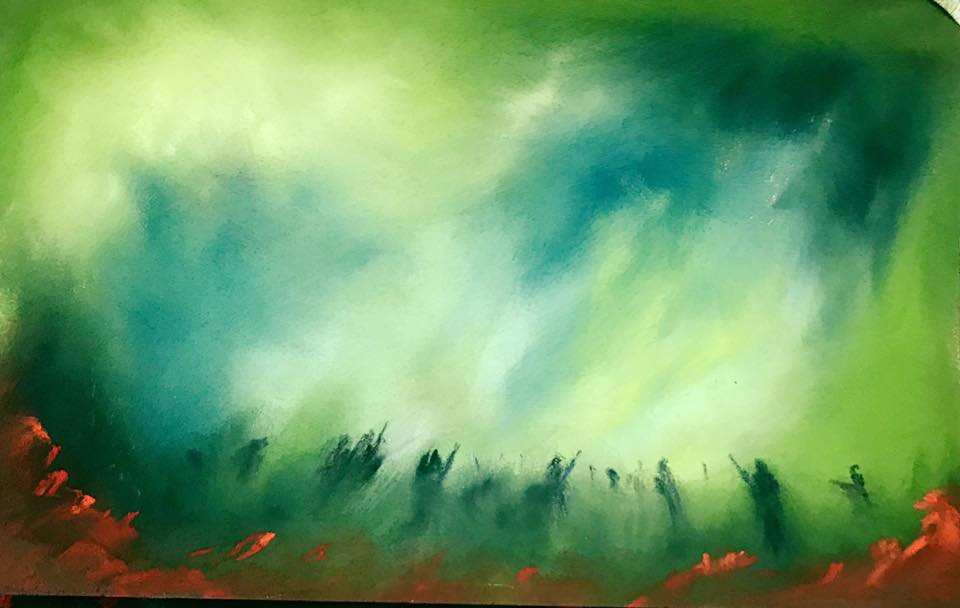
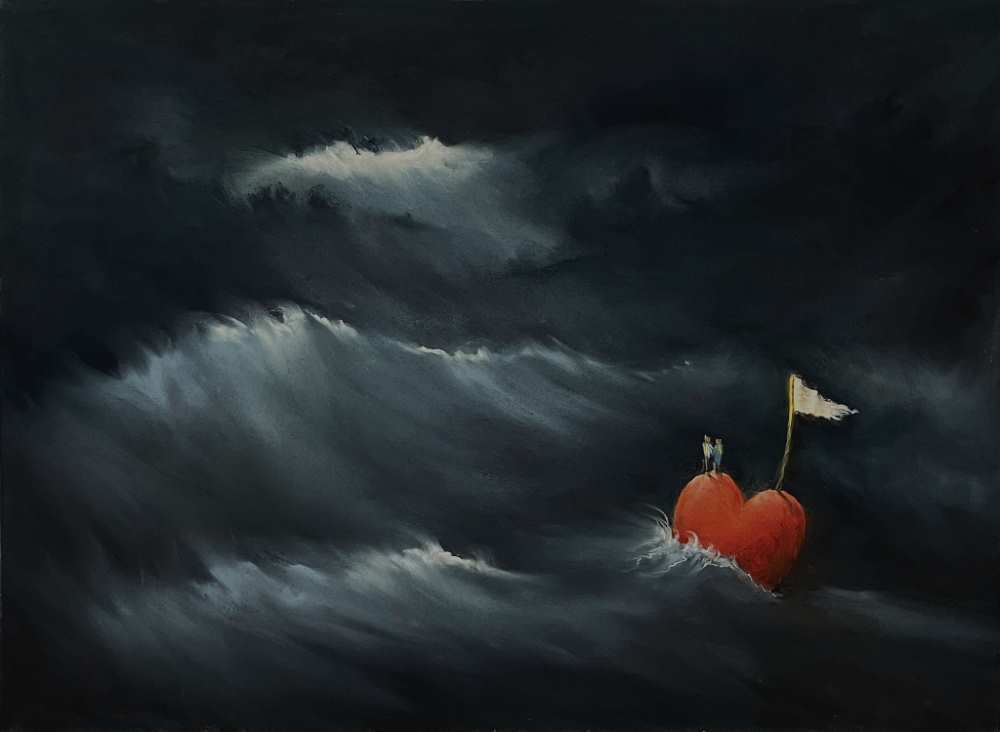
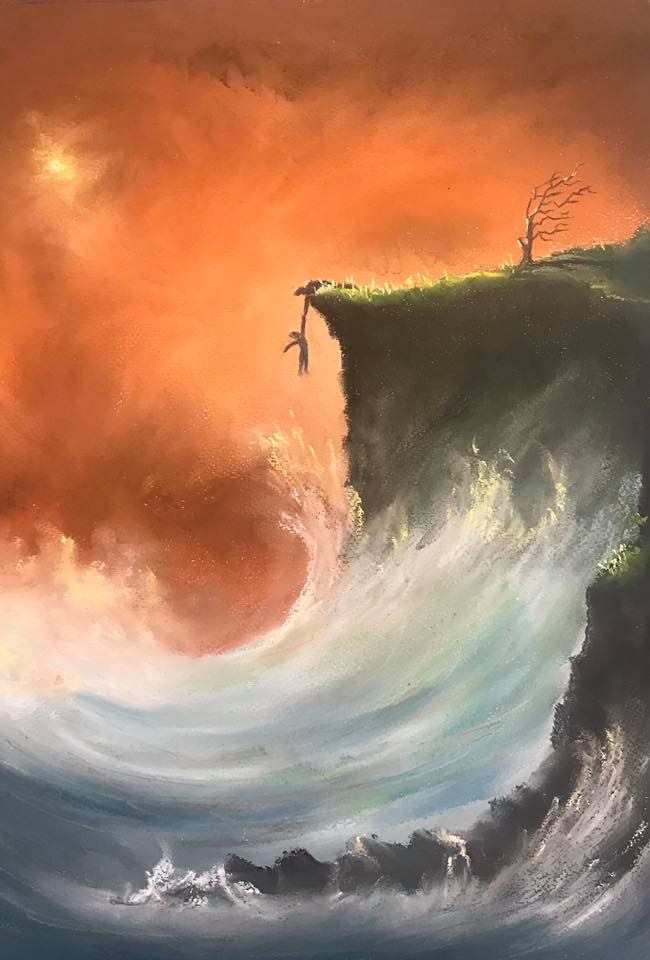

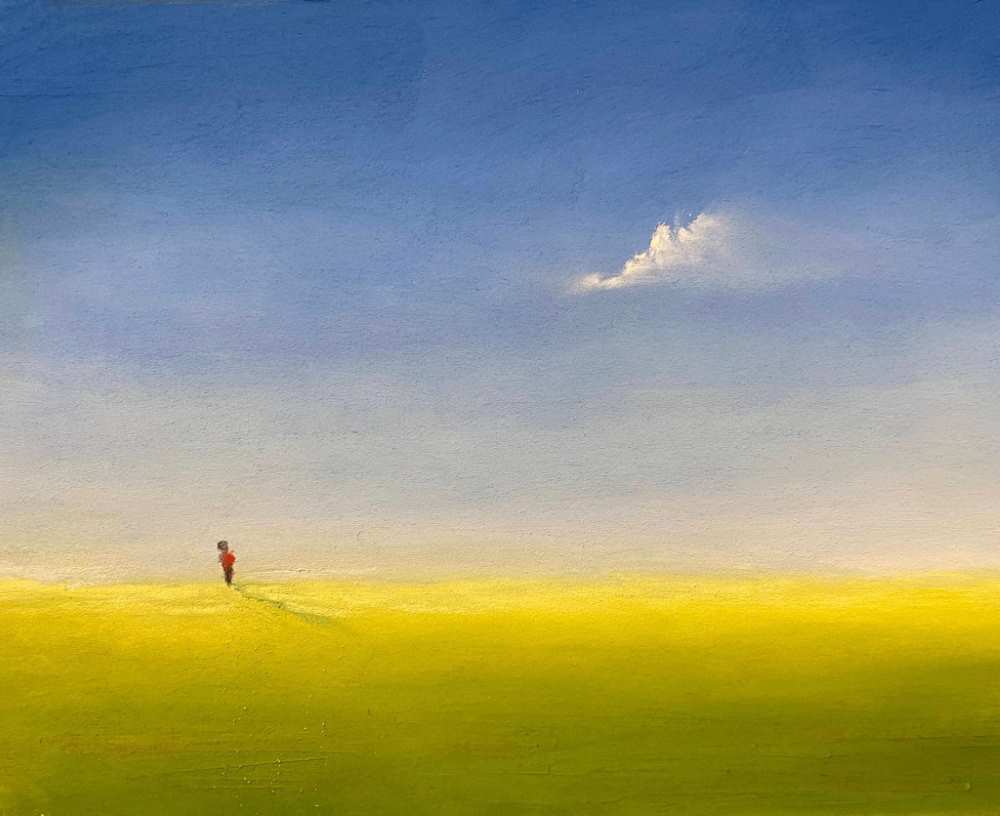
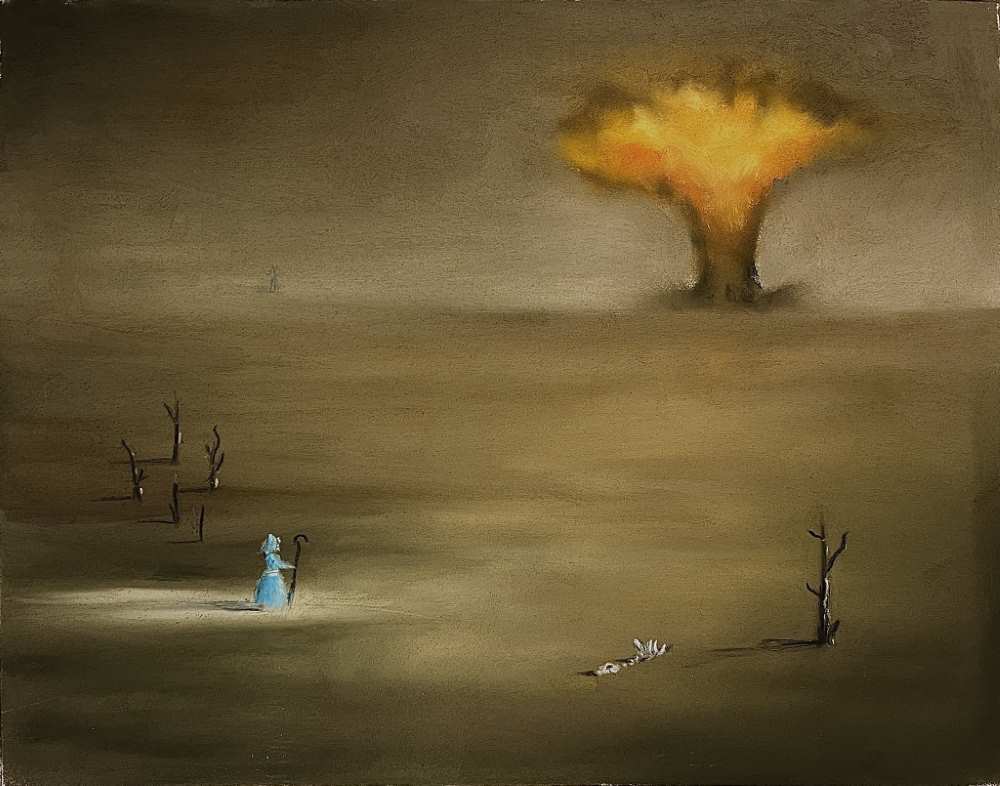
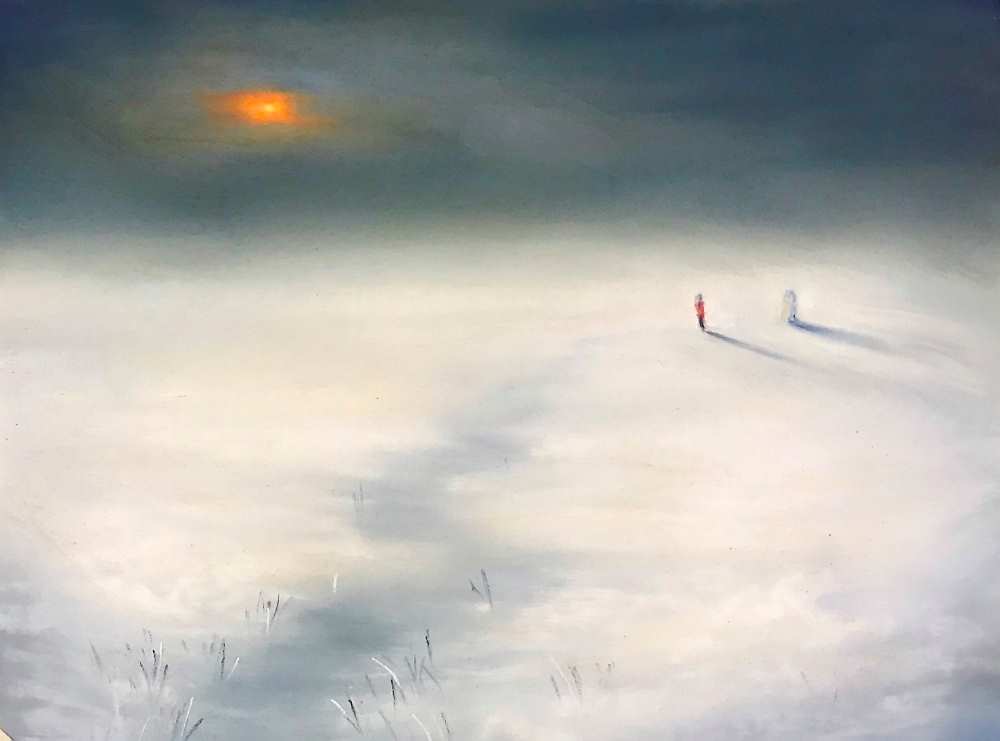
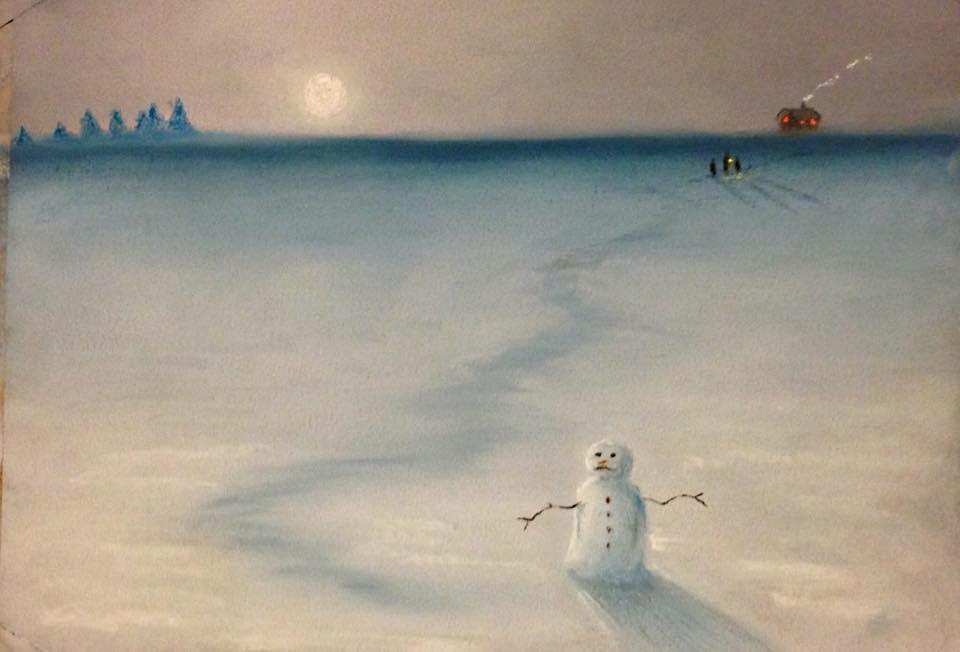
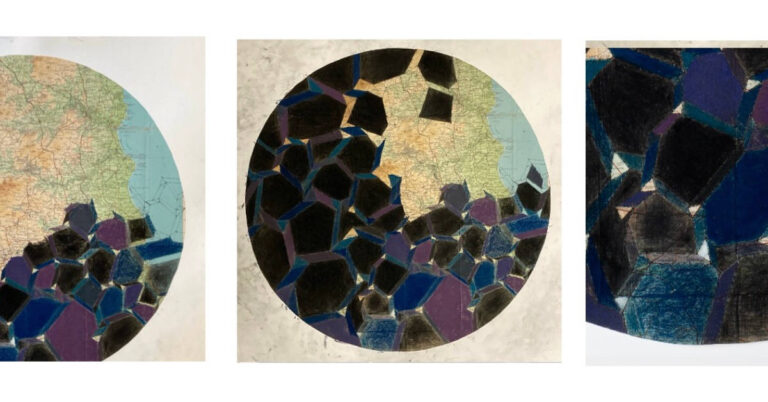
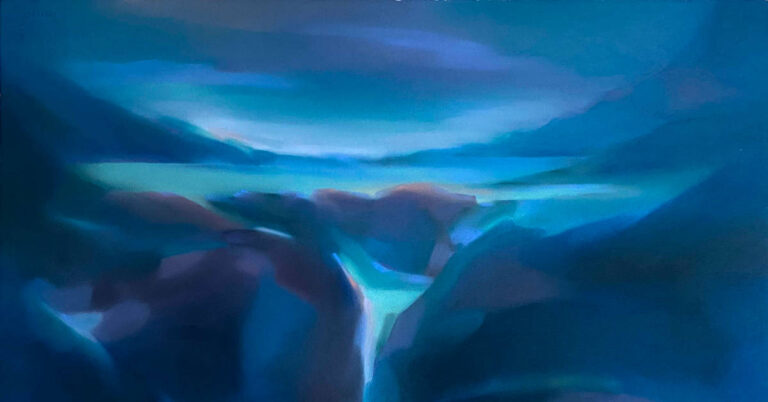
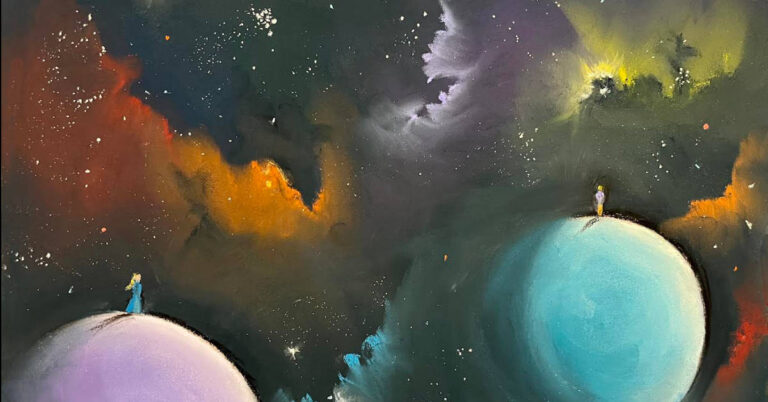
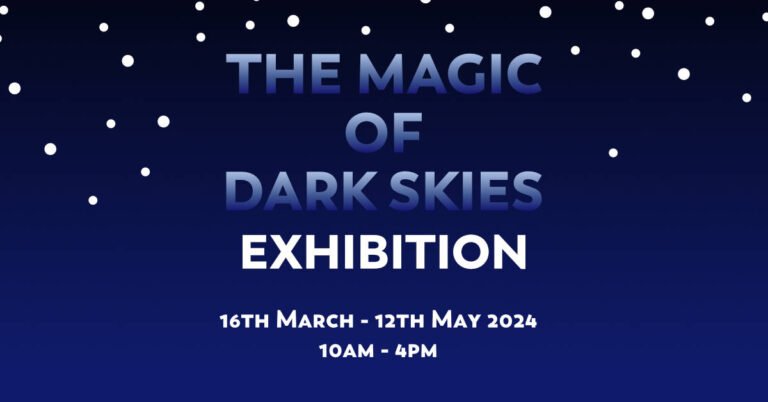
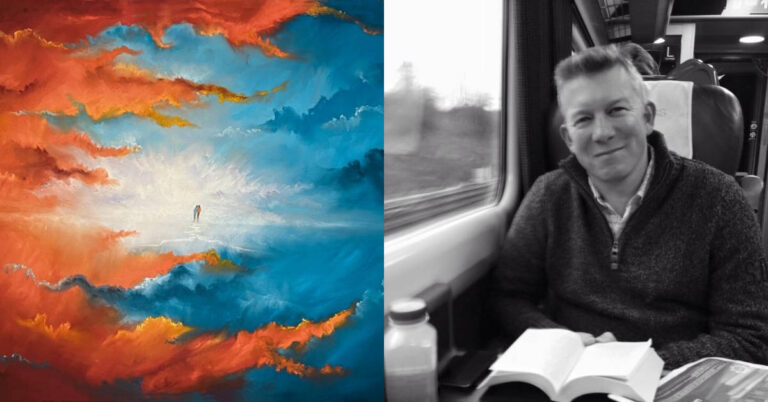
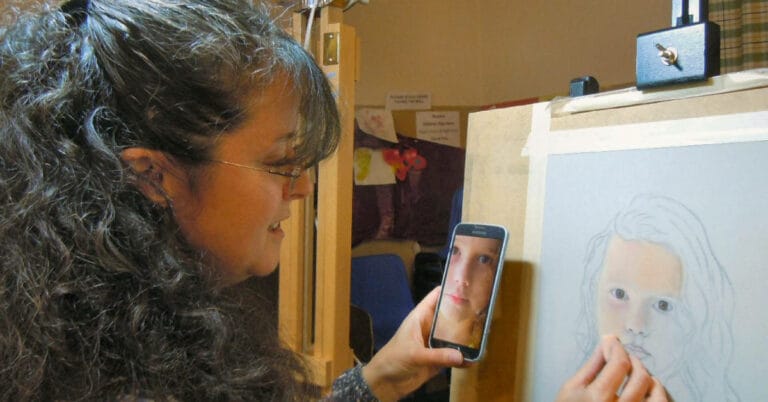

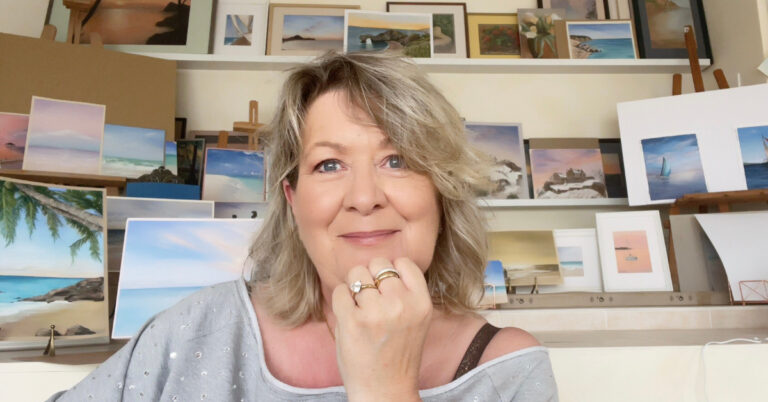
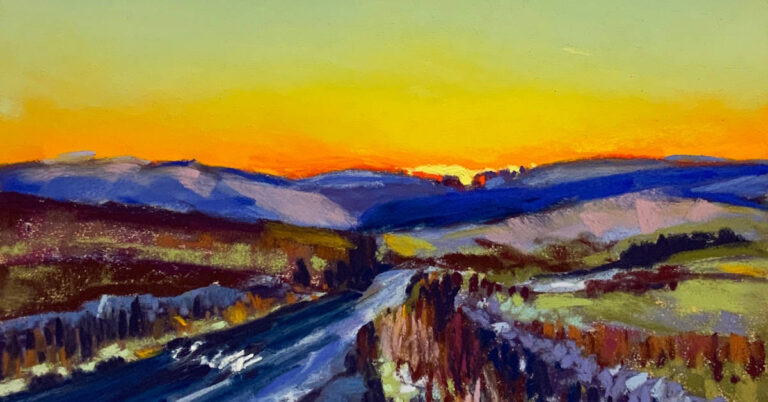
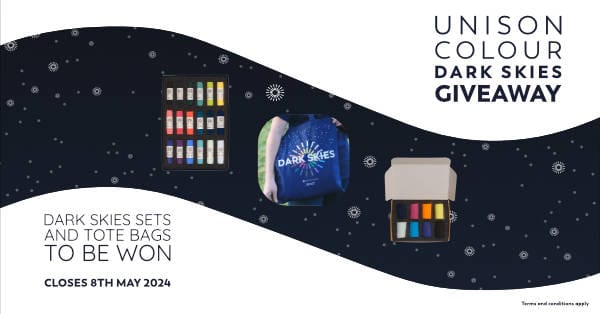
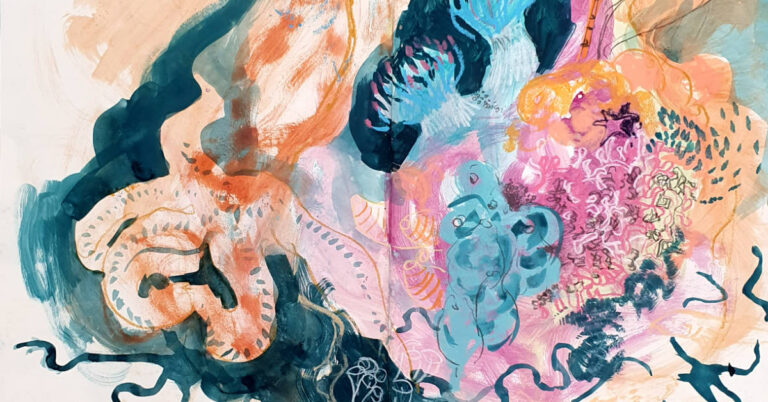
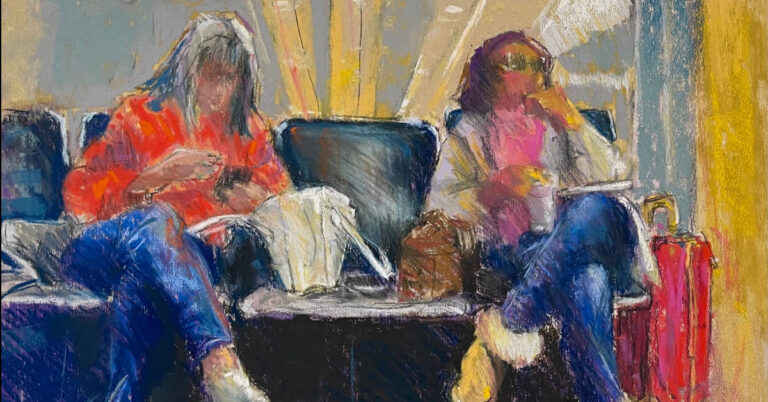
2 Responses
So captivating, thought provoking and beautifully illustrated I read it twice Steve 😉 xxx
Thank you so much Lucy – I’m glad you enjoyed it 🙂